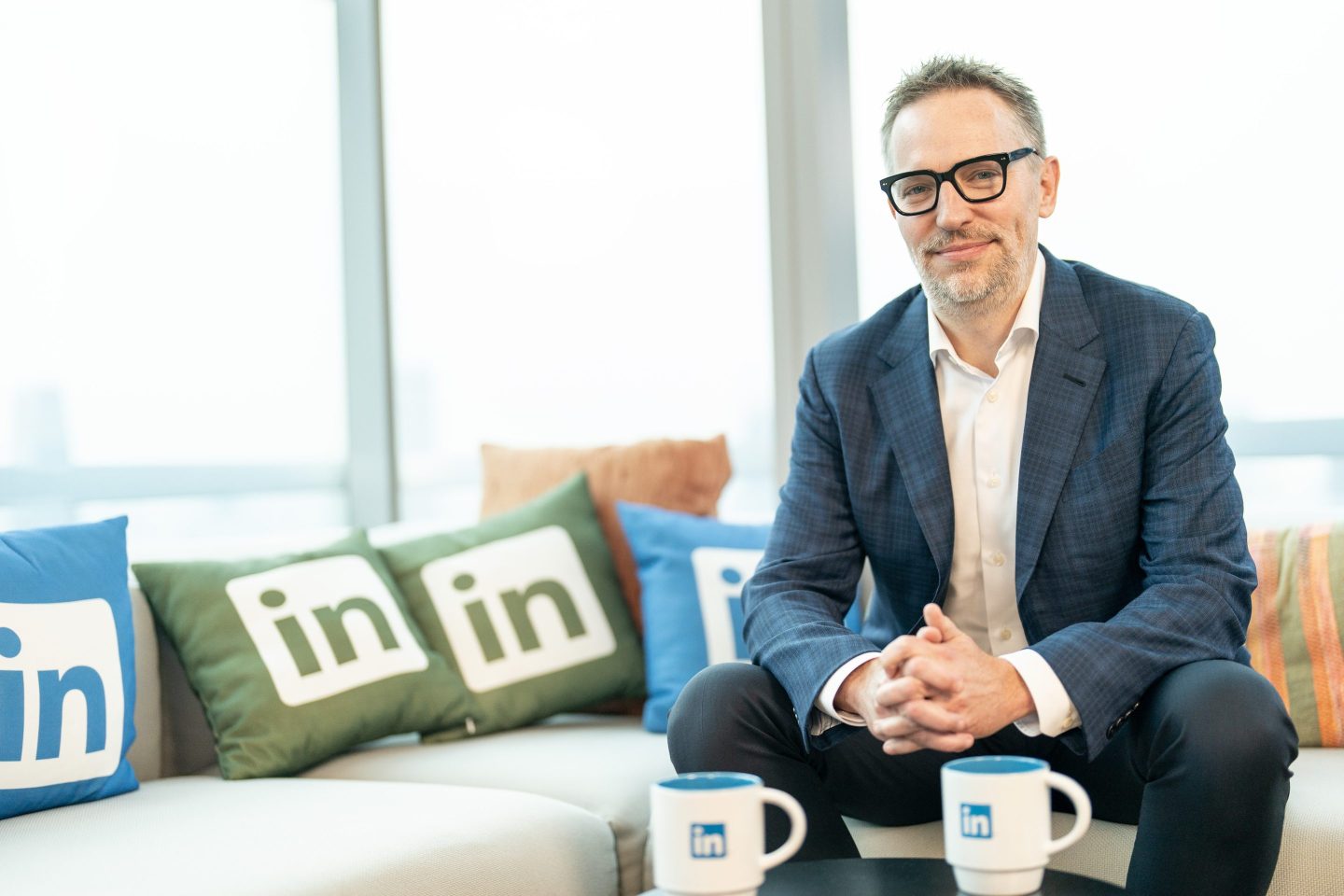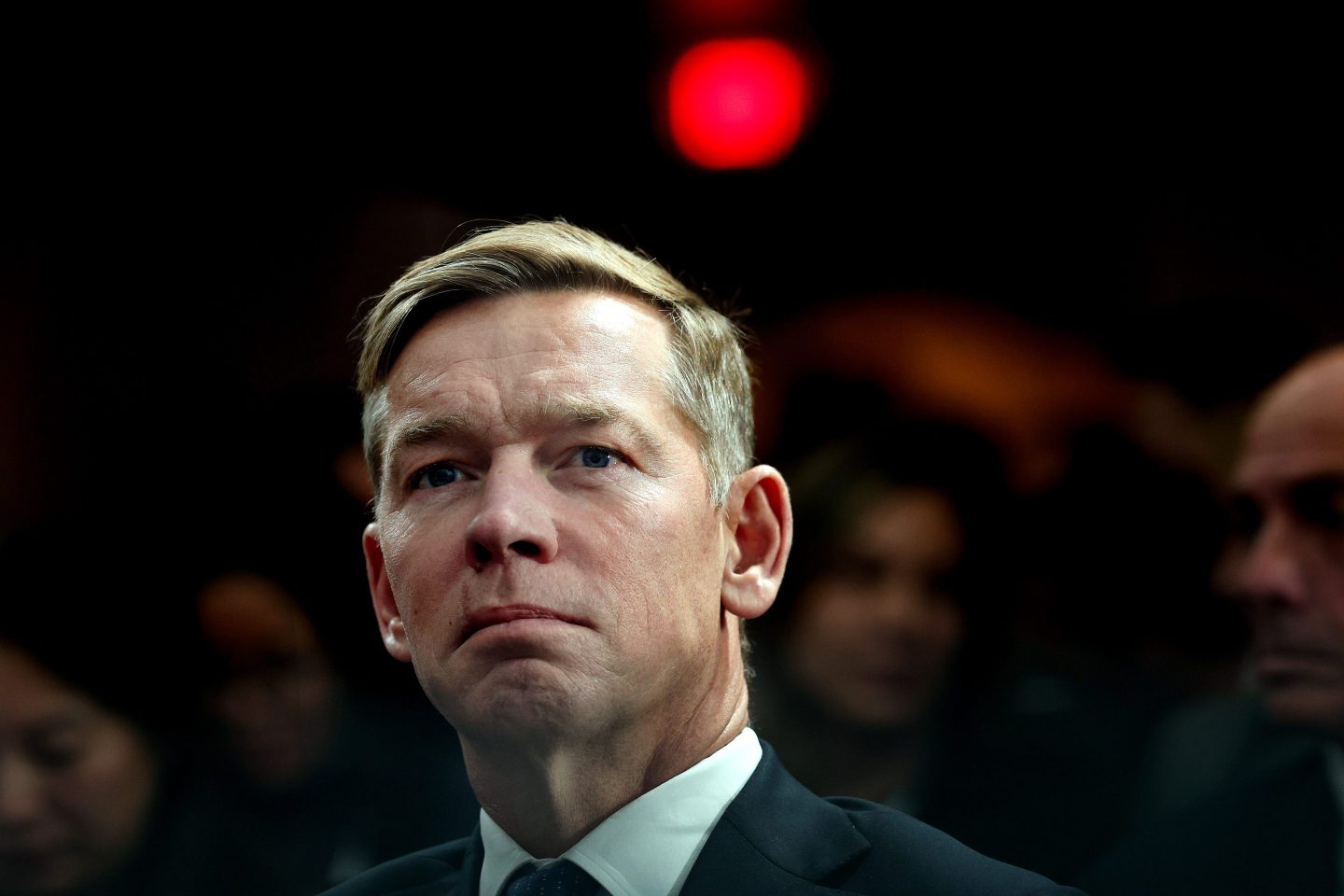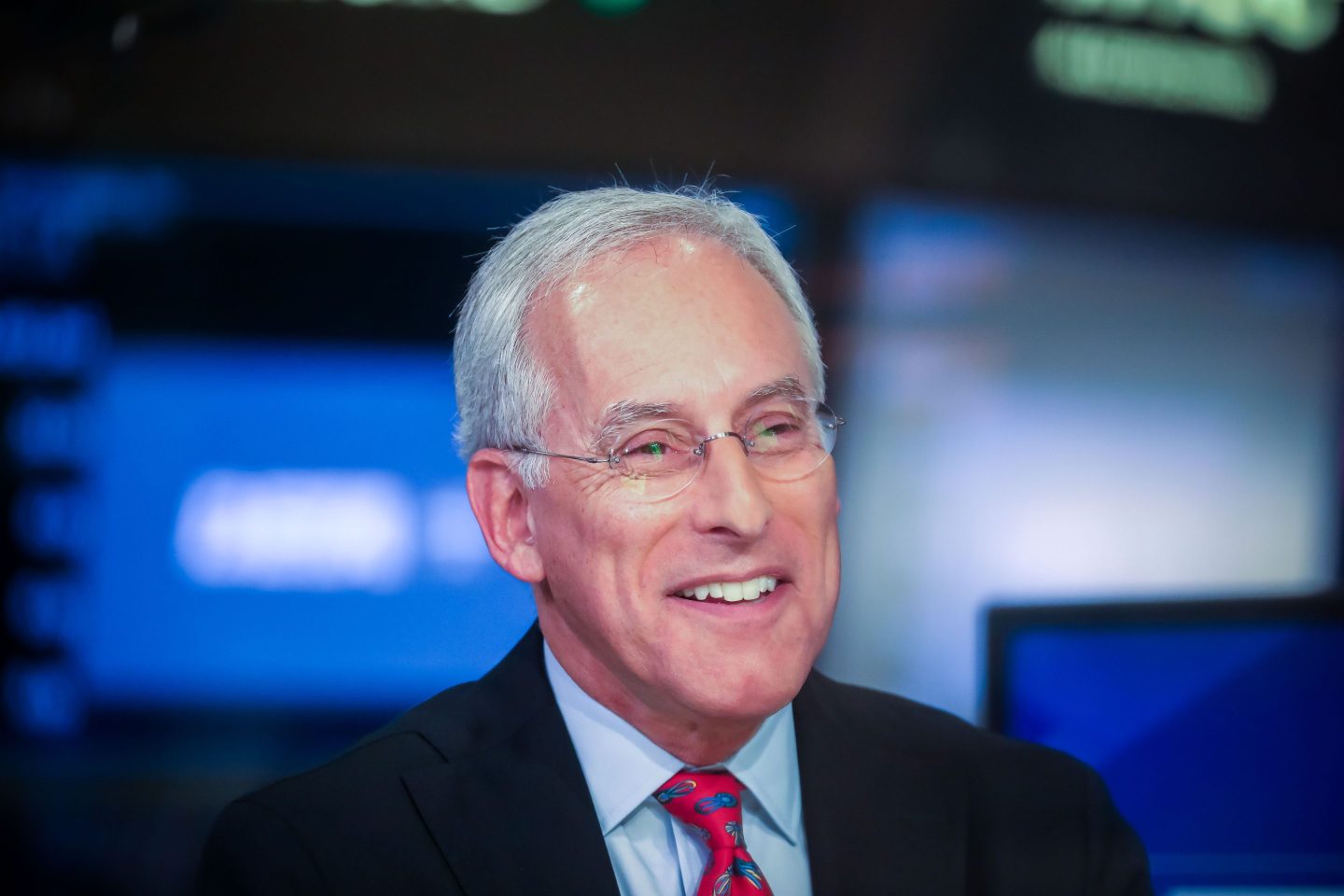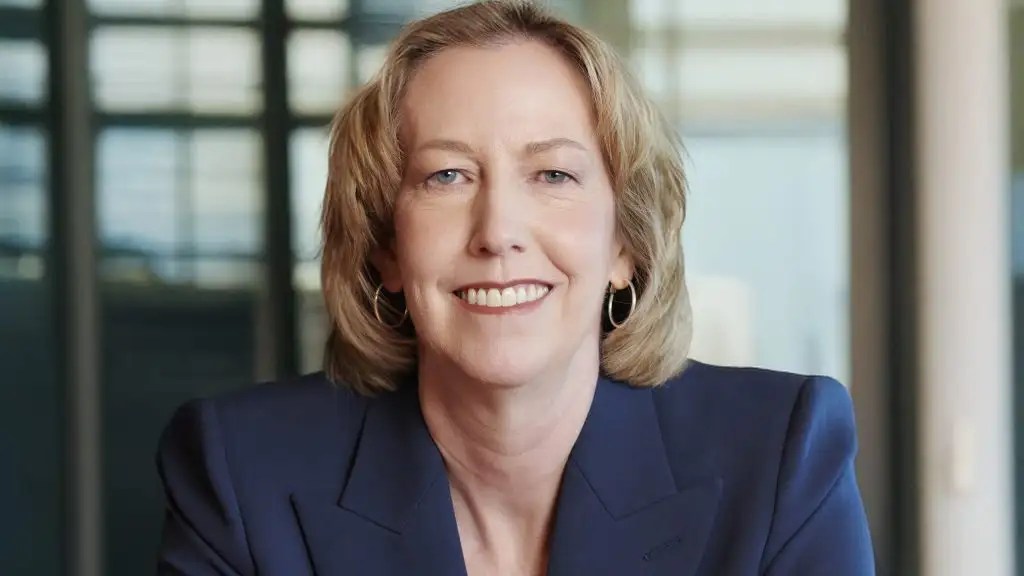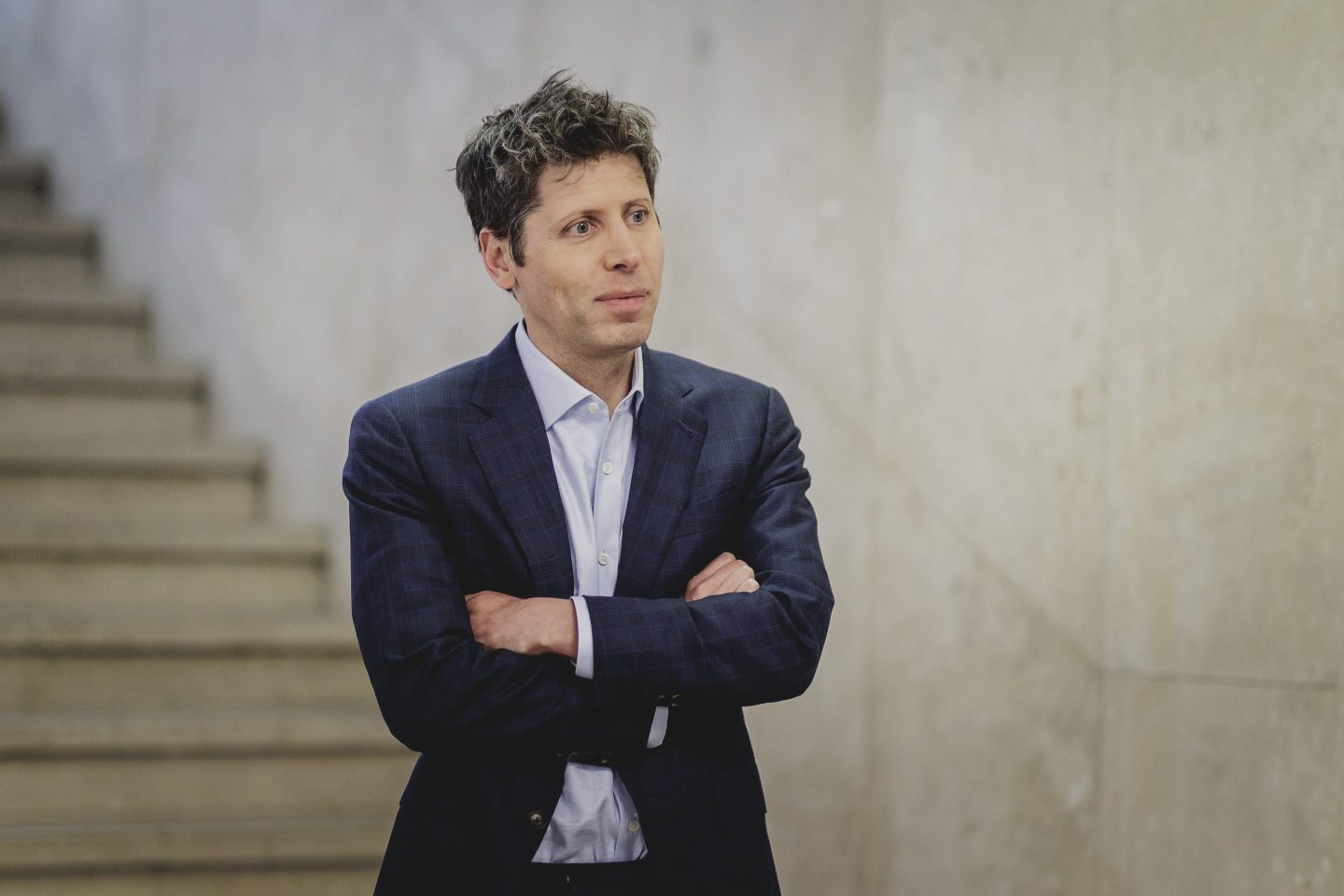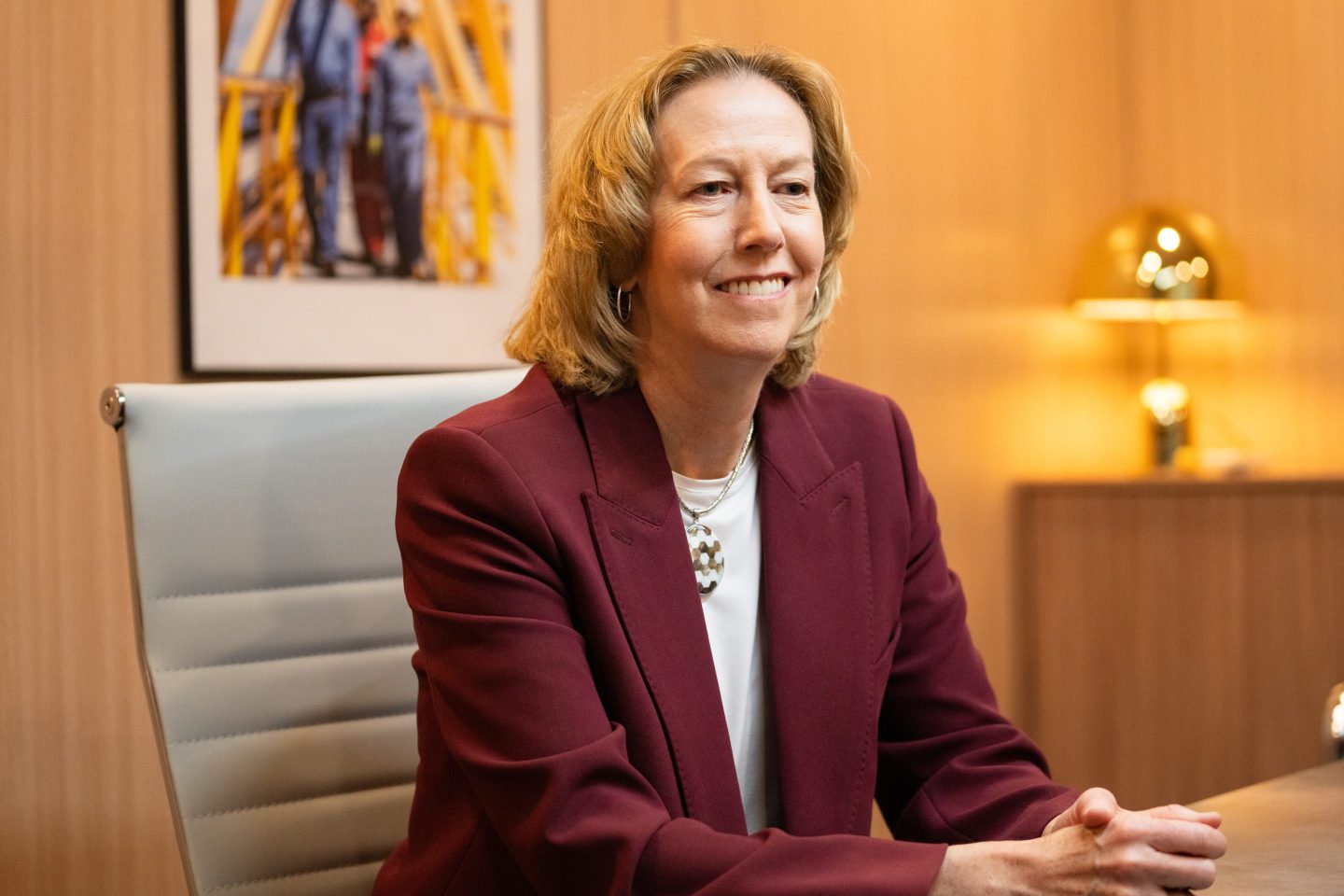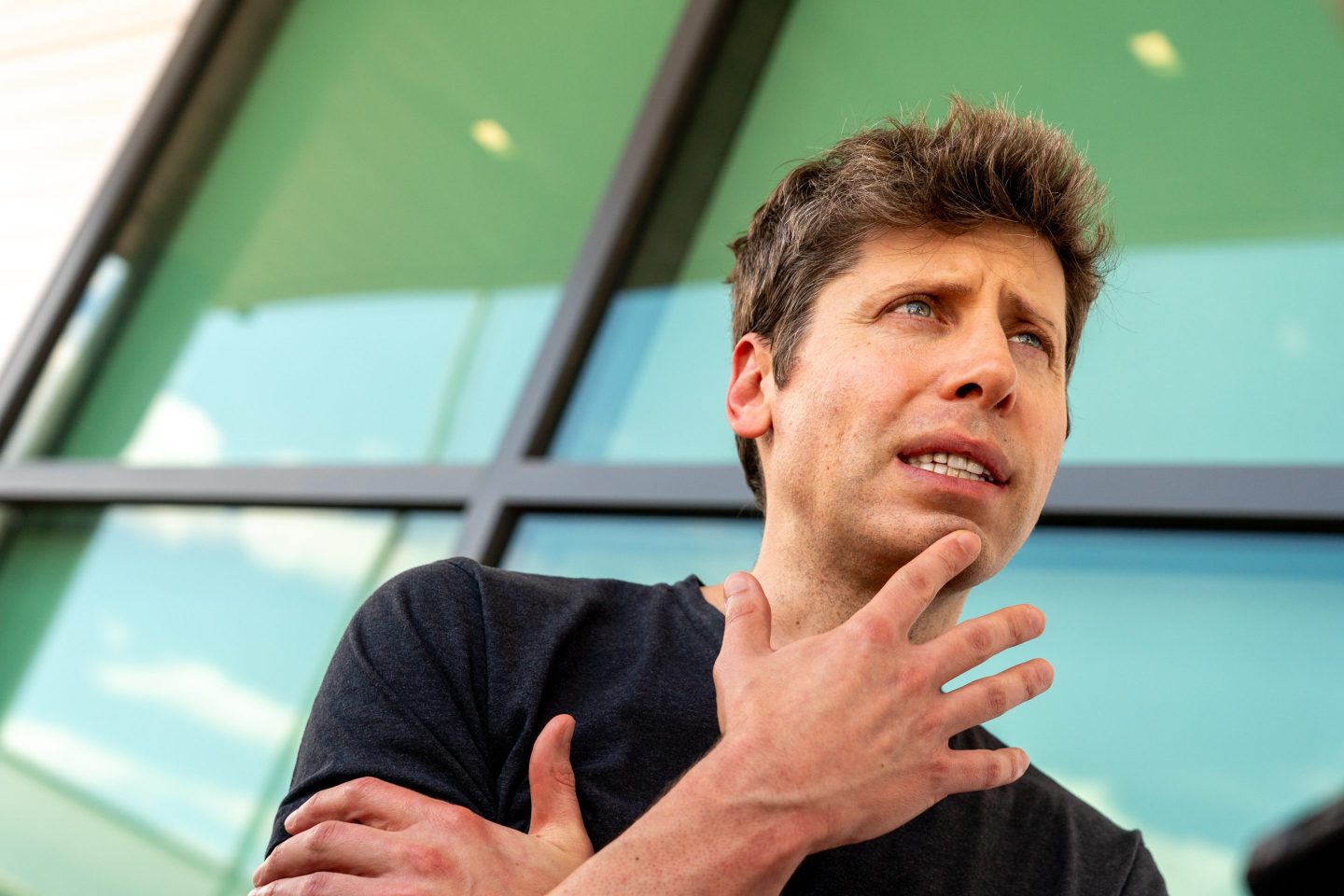This is the web version of Business By Design, a weekly newsletter exploring design’s transformative influence on industry and enterprise. Sign up to get it delivered free to your inbox.
In February, the design arm of McKinsey & Company, the global consultancy, caused a stir in the commercial design world by declaring, after a study of 1,700 major companies, that two-thirds of CEOs have no idea what designers do.
Now McKinsey has launched a project that may help resolve that mystery—or at least some of it.
In April and May, as the coronavirus spread from China to the rest of the world, a team of 15 McKinsey designers embarked on an ambitious effort to understand how the pandemic is reshaping the values of global consumers and workers. The team, spread across five time zones and working from home via video calls and digital whiteboards, tracked the lives of more than 100 people in eight different countries. Instead of poring over spreadsheets or crunching numbers, the McKinsey team employed ethnographic methods such as video diaries and one-on-one interviews to collect, categorize, and interpret data on a squishy and elusive phenomenon: human emotions.
The team’s findings are summarized in a series of essays online under the heading “The New Possible.” One explores the promise and peril of working from home. (Martin from Leicester enjoys managing tenants from his wife’s dressing table, while Sarah from Chicago laments having to stack up pillows to work from her bed because her partner took over the desk.) Another describes how the pandemic is forcing people from all cultures to become more introspective and think more purposefully about their values and what really matters in their lives. (Benjamin, an IT manager from Singapore, says he wants to live like a stray cat, who doesn’t need a big house but can “eat and sleep well at any place it likes.”) There is an essay on how people are coping with increased financial pressures amid the crisis and another on the connection between COVID-19 and mental health.
What’s remarkable about these essays is that they don’t sound very McKinsey-like. (Full disclosure: I used to work at McKinsey.) They’re focused on people, not companies; illustrated with photos and video, not bar charts or spiderweb graphs; and woven together with stories that are open-ended rather than pressed into a list of didactic “takeaways.”
“This is a new way for McKinsey to look at the world, through these human stories,” says McKinsey Design partner Jeff Salazar, a driving force behind the “New Possible” project. “For consumers and employees, the pandemic has stirred up a whole bunch of complicated new stuff… People are recommitting to values: health, family, purpose. They’re aligning those values to brands and employers that are truly delivering on purpose. It’s not just millennials, it’s everybody…But this is something you just can’t capture with surveys. It requires a lot of interpretation.”
Salazar is a partner at Lunar, the San Francisco-based industrial design firm McKinsey acquired in 2015. He has won awards for work on personal computers, electric scooters, and toothbrushes, and is steeped in the methods of user-centric design. Where consultants with a traditional business background are trained and rewarded for finding the best answer to multiple-choice questions fast, designers like Salazer are apt to wonder why there aren’t more choices, question the question itself—then ask if they can just go hang out with customers.
That’s an approach that drives many CEOs nuts. But Salazar argues design can be an invaluable lens for re-examining business models in a time of maximum economic and social upheaval.
For now, the McKinsey Design team is resisting the temptation to use the New Possible study to make specific recommendations to clients. The idea, Salazar says, is to start a conversation, not to hand clients a set of predetermined solutions. If anything, he worries that the New Possible report may be “a little too polished.”
“I am a designer,” Salazar says. “My impulse is to be transparent, just put the raw data out there and let everyone figure out what it means.”
To that end, his team worked with data scientists to create an “Emotion Archive” by tagging 800 comments from people who participated in the study according to a framework of primary emotions developed by emotional design guru Robert Plutchik. The comments can be filtered to show how frequently people in different countries expressed different emotions.
I’ll admit: the idea of a giant firm like McKinsey creating something as touchy-feely as an “emotion archive” may be a little hard for many CEOs to get their head around. And yet, many professional services firms have followed McKinsey’s lead in bolstering their design capabilities to serve a broader range of clients. Innumerable books and essays on business leadership in our hyper-connected modern economy (some of them by McKinsey) stress the importance of listening, empathizing with employees and customers, and leading by inspiration. At the very least, the archive offers an innovative tool for empathy at a time when CEOs are more isolated than ever.
More design news below.
Clay Chandler
-clay.chandler@fortune.com
NEWS BY DESIGN
A hack on Twitter last week, in which fraudsters took control of several verified accounts in order to dupe followers into sending them bitcoin, highlighted a major vulnerability in Twitter’s admin access. The event also sparked concern over how the social media giant might be manipulated to influence the upcoming U.S. national elections. A rethink in how prominent figures should engage with the public is underway.
The New York Times is running a series on how the Americans With Disabilities Act has reshaped the U.S. in the 30 years since it was signed into law. Cityscapes have changed, with access ramps, Braille signage, warning tiles on street corners and other design features proliferating. But the legislation still has room for improvement.
Since the killing of George Floyd in late May, Black designers have seen a substantial increase in business and followers as campaigns seize upon the Black Lives Matter movement to promote artists of color. But for some Black designers the sudden interest is "bittersweet," leaving them wondering whether they're being hired for their creativity or for their skin color.
The drug design industry has been working overtime this year, racing to create a cure for COVID-19. A problem has emerged: how do you know when a new drug works? Traditionally, drug manufacturers look at how many lives the drug saves—but that requires people to die. In the early days of COVID-19, researchers tried new metrics to define the efficacy of a drug.
Following its April release of 44 at-home experiments to teach children about engineering, Dyson recently released a pdf pack that teaches teenagers how engineering can “solve global problems.” Lesson one: air pollution. The at-home curriculum is also a handy piece of PR for the British design brand, as a whole segment looks at how Dyson’s Pure Cool fan treats pollution indoors.
The Frieze London and Frieze Masters art fairs in the British capital have been cancelled due to the pandemic. The fairs, scheduled for October, are normally the centerpiece of London’s busy art market week. The sales will go online.
Gmail is integrating Google Chat, Rooms and Meet into one app for its G Suite business users. The consolidated platform is an attempt to take on Slack and other workplace messaging platforms. The redesign puts communication tools front and center, while moving collaborative tools—such as Google Docs—into a supporting role.
EXECUTIVE SUMMARY
Caleb Watney—a fellow at libertarian think tank R Street—writes for The Atlantic that the engine of U.S. innovation is slowing, retarded by a disastrous government response to the pandemic and the growing exclusion of foreign students.
“Until now, the U.S. maintained its reputation as the global epicenter for talented scientists and technical practitioners through sheer inertia,” Watney says, arguing that talent has streamed to America largely because that’s where talent already is. The pandemic, and the atmosphere around it, threatens to break this inertia in three major ways:
First, the flow of talent to the U.S. is slowing as students stay at home or struggle to get visas; second, partly as a consequence of the first, university hubs are in “financial turmoil;” and lastly, the flow of information and ideas around hubs such as Silicon Valley has been impeded by most engineers working at home.
The decline of U.S. innovation, Watney says, would unfold over decades or years but the starting point is now. The solution? The government needs to do more to support universities and do less to block immigration. But reversing the work from home trend—or mitigating its impact on communication—won’t be so simple.
QUOTED BY DESIGN
"Customers are looking for experiences that they find familiar, that they find convenient, and that are uplifting in some way."
Starbucks CEO Kevin Johnson speaking on how the pandemic has affected customer expectations. The biggest change is a preference for the “familiar,” as opposed to the old desire for the something novel. However, Starbucks will be rolling out a novel experience: “walk thru” coffeeshops, with the first planned for Manhattan. It’s unclear how the walk thru concept differs from taking a coffee to-go, but slapping a moniker on it marks yet another departure from the “third space” concept that Starbucks built its brand on.
This week’s edition of BxD was curated by Eamon Barrett. Email him tips and ideas at eamon.barrett@fortune.com

